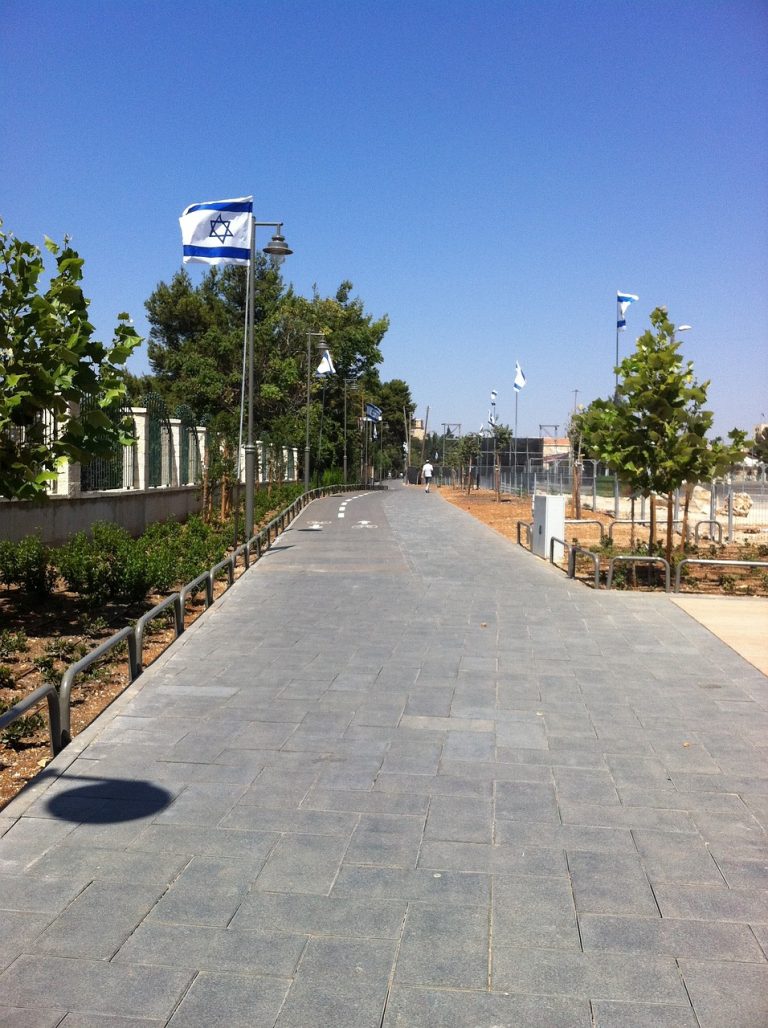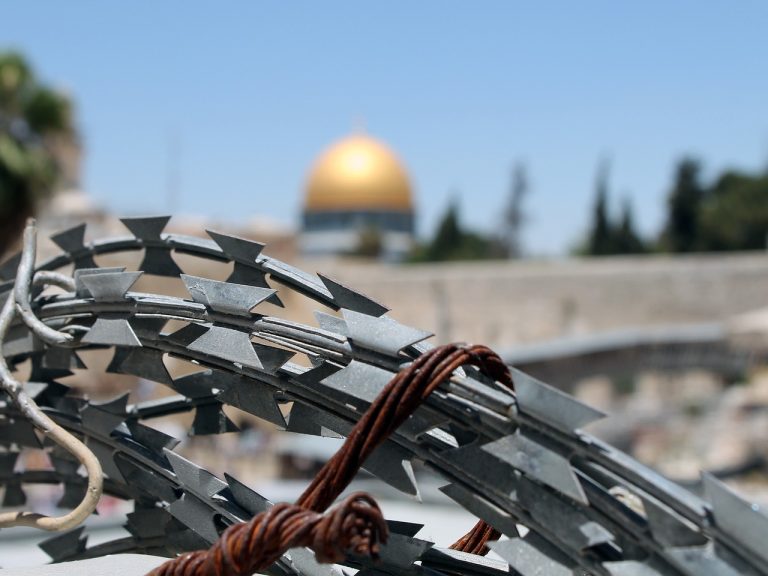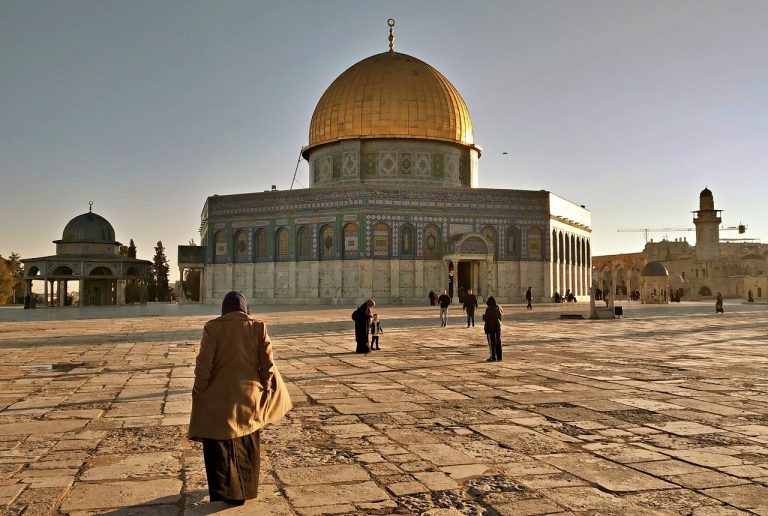Jerusalem Israel Video
The Cultural Evolution of Jerusalem, Israel
Jerusalem, the capital city of Israel, is a place rich in history and cultural significance. Over the centuries, it has evolved and transformed, becoming a melting pot of diverse cultures, traditions, and religions. This article explores the cultural evolution of Jerusalem, highlighting its unique heritage and the influences that have shaped the city into what it is today.
Early Settlements and Ancient Roots
- Archaeological Discoveries: Jerusalem’s history dates back thousands of years, with archaeological discoveries indicating human settlements as early as the 4th millennium BCE. These findings provide insights into the lifestyle, architecture, and religious practices of the ancient inhabitants.
- City of David: The City of David, located south of the Old City, is believed to be the original site of Jerusalem. Excavations have revealed ancient structures, such as the Stepped Stone Structure and Warren’s Shaft, shedding light on the city’s early development.
- Temple Mount: The Temple Mount, known as the holiest site in Judaism, has been a central religious and cultural hub for centuries. It is home to the Western Wall, the last remnant of the Second Temple, which holds immense significance for Jewish worshipers.

The Influence of Judaism
- Religious Practices: Judaism has played a pivotal role in shaping Jerusalem’s cultural identity. The city is home to numerous synagogues and religious institutions, where Jewish customs, rituals, and prayers are observed.
- Western Wall: The Western Wall, also known as the Wailing Wall, serves as a symbol of Jewish faith and resilience. It is a place of pilgrimage and prayer, where people from around the world gather to connect with their heritage.
- Jewish Quarter: Located in the Old City, the Jewish Quarter is a vibrant neighborhood with narrow streets and historical sites. It houses important landmarks like the Hurva Synagogue and the Cardo, a reconstructed ancient Roman marketplace.
The Islamic Influence
- The Dome of the Rock: The Dome of the Rock, an iconic Islamic shrine, dominates the Jerusalem skyline. It is revered as the site where Prophet Muhammad ascended to heaven, making it one of the holiest places in Islam.
- Al-Aqsa Mosque: Situated adjacent to the Dome of the Rock, the Al-Aqsa Mosque is the third holiest site in Islam. It serves as a place of worship and a symbol of Muslim heritage within Jerusalem.
- Muslim Quarter: The Muslim Quarter, one of the four quarters of the Old City, is a bustling district with a vibrant market (souk) and historical landmarks like the Church of the Holy Sepulchre.

Christian Heritage
- Church of the Holy Sepulchre: The Church of the Holy Sepulchre is a significant pilgrimage site for Christians worldwide. It is believed to be the place where Jesus was crucified, buried, and resurrected.
- Via Dolorosa: The Via Dolorosa, also known as the Way of the Cross, is a route within the Old City that commemorates Jesus’ path to crucifixion. It is a popular pilgrimage route for Christians.
- Christian Quarter: The Christian Quarter, located in the northwest section of the Old City, is home to various Christian denominations, churches, monasteries, and religious schools.
Modern Cultural Influences
- Art and Music: Jerusalem boasts a vibrant art scene, with numerous galleries showcasing contemporary and traditional artwork. The city also hosts music festivals, concerts, and cultural events, attracting artists and performers from around the world.
- Education and Research: Jerusalem is home to several prestigious universities and research institutions, contributing to its intellectual and academic vibrancy. These institutions foster innovation, knowledge exchange, and cultural diversity.
- Culinary Delights: The culinary scene in Jerusalem reflects its diverse cultural influences. From traditional Middle Eastern dishes to international cuisines, the city offers a wide range of culinary experiences, making it a haven for food enthusiasts.

Preservation of Heritage
- UNESCO World Heritage Sites: Jerusalem is home to several UNESCO World Heritage Sites, including the Old City and its walls, highlighting the city’s unique cultural and historical significance.
- Museums and Cultural Institutions: The city is dotted with museums and cultural institutions that preserve and showcase Jerusalem’s rich heritage. These include the Israel Museum, the Tower of David Museum, and the Yad Vashem Holocaust Memorial.
- Conservation Efforts: Various organizations and initiatives work towards preserving Jerusalem’s cultural and architectural heritage. Restoration projects, archaeological excavations, and heritage conservation programs contribute to safeguarding the city’s legacy for future generations.
Conclusion
Jerusalem, Israel’s cultural evolution is a testament to its historical significance and the diverse influences that have shaped the city over time. From ancient roots to religious landmarks, Jerusalem’s cultural fabric weaves together Judaism, Islam, and Christianity, creating a unique and vibrant tapestry. The city’s modern influences, such as art, education, and cuisine, add further layers to its cultural richness. As Jerusalem continues to evolve, it remains a beacon of cultural heritage and a symbol of coexistence.
References
- Israel Ministry of Tourism: tourism.gov.il
- UNESCO World Heritage Centre: whc.unesco.org
- The Israel Museum: imj.org.il
- Tower of David Museum: tod.org.il
- Yad Vashem: yadvashem.org







